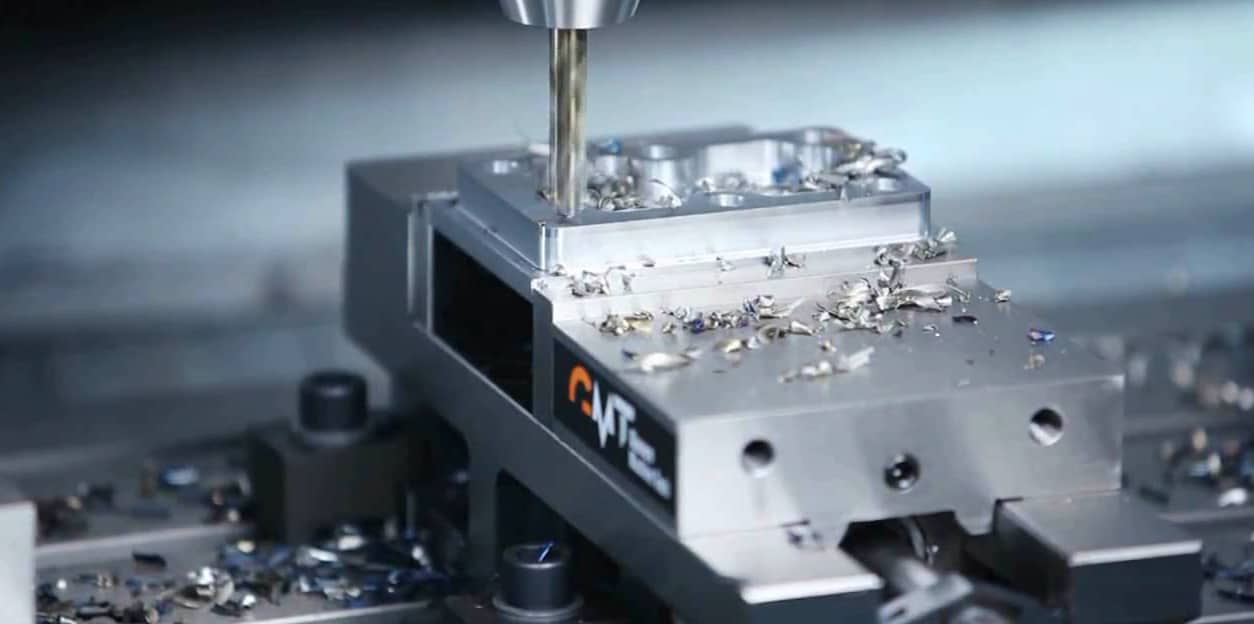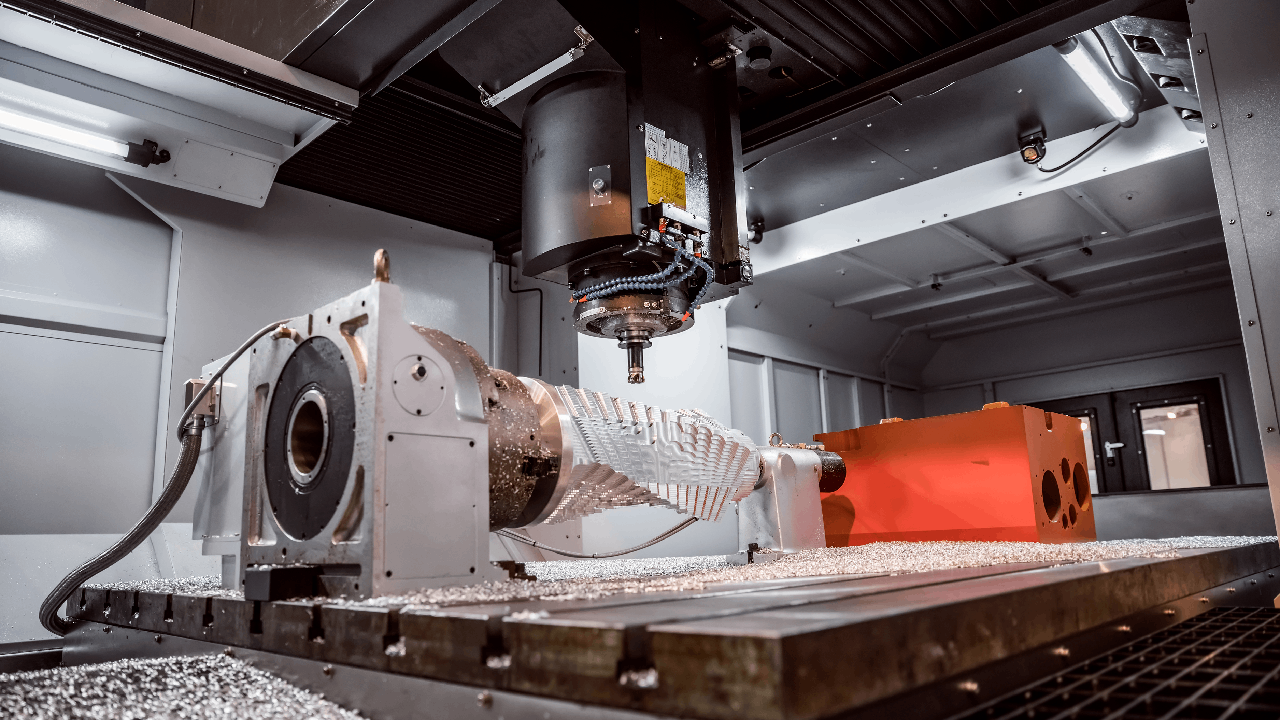For many, milling without a milling machine might seem like a daunting task. However, with the right techniques and tools, it is entirely possible to achieve impressive results. Whether you’re a DIY enthusiast, a professional craftsman, or just someone curious about the topic, this guide will provide you with detailed insights into how you can effectively carry out milling operations without a traditional milling machine.
In this article, we will explore various methods, tools, and tips that will help you understand the nuances of milling without a milling machine.

Understanding the Basics of Milling
Before diving into the various techniques, it’s essential to understand what milling is. Milling is the process of removing material from a workpiece using rotary cutters. This process can be used to shape, size, or finish different materials, such as metals, plastics, and wood.
Why Might You Need to Mill Without a Milling Machine?
There can be several reasons why you might need to mill without a milling machine. Here are a few possibilities:
- Limited budget
- Space constraints
- Infrequent milling requirements
- DIY projects
Tools You Can Use for Milling Without a Milling Machine
Fortunately, there are several tools you can use to perform milling operations without a traditional milling machine:
1. Rotary Tools
Rotary tools are versatile, handheld devices with various attachments that can be used for drilling, grinding, sanding, and milling. They are relatively affordable and perfect for small-scale milling projects.
2. Drill Press
A drill press is a powerful tool that can be adapted for milling operations. By using a cross-slide vise and the appropriate cutting tools, you can achieve precise milling results with a drill press.
For more information on how a drill press can be advantageous over other tools, see advantages of CNC machines.
3. Handheld Routers
Handheld routers are often used for woodworking, but with the right setup, they can also be used for metal milling. Proper fixtures and jigs are essential for achieving accurate results.
4. Angle Grinders
Angle grinders can be fitted with various attachments for milling tasks. Although they are less precise than other tools, they can be useful for rough milling operations.
5. Manual Files and Rasps
While they may not be as efficient as powered tools, manual files and rasps can be used for small milling tasks, especially when precision is paramount.
Step-by-Step Guide to Milling Without a Milling Machine
Step 1: Plan Your Project
Before starting any milling operation, it’s crucial to have a clear plan. Determine the material, desired shape, and dimensions of the workpiece. Create a detailed sketch or blueprint to guide you through the process.
If you are unsure about the basics of milling, consider checking out resources like milling machines guide to get a better understanding.
Step 2: Select the Appropriate Tool
Choose the tool best suited for your project. Consider factors such as the material of the workpiece, the complexity of the milling operation, and the level of precision required.
Step 3: Set Up Your Workspace
Ensure your workspace is well-lit and properly ventilated. Secure the workpiece using clamps or a vise to prevent movement during the milling process.
Step 4: Perform the Milling Operation
Follow the manufacturer’s guidelines for the tool you are using. Take your time and make small, controlled cuts to achieve the desired results. Regularly inspect the workpiece to ensure accuracy.
Step 5: Finishing Touches
Once the milling operation is complete, inspect the workpiece for any rough edges or imperfections. Use sandpaper, files, or other finishing tools to achieve a smooth surface.
Safety Considerations
Milling operations can be hazardous, so it’s essential to follow safety protocols:
- Wear appropriate personal protective equipment (PPE), such as safety glasses, gloves, and ear protection.
- Keep your workspace clean and free of clutter.
- Ensure all tools are in good working condition before use.
- Follow the manufacturer’s guidelines for each tool you use.
- Work at a steady pace to avoid accidents caused by rushing.
Examples of Projects You Can Undertake
Milling without a milling machine opens up a world of possibilities. Here are a few project ideas to inspire you:
1. Custom Metal Brackets
Create custom metal brackets for various applications, such as shelving, furniture, or machinery.
2. Engraving
Engrave intricate designs on metal or wood surfaces for decorative purposes.
For more information on engraving and its applications, see genetic analysis.
3. Repair and Maintenance
Perform repair and maintenance tasks on machinery and equipment by milling replacement parts or modifying existing components.
4. Jewelry Making
Create custom jewelry pieces using metal milling techniques to achieve intricate designs and patterns.
Common Challenges and How to Overcome Them
While milling without a milling machine can be rewarding, it also comes with its challenges. Here are a few common issues and tips on how to overcome them:
1. Limited Precision
Achieving high precision without a milling machine can be difficult. To improve accuracy, use quality tools, maintain a steady hand, and make small, incremental cuts.
2. Tool Wear
Manual tools can wear out quickly, especially when milling harder materials. Regularly inspect and replace worn-out tools to maintain consistent results.
3. Material Handling
Securing the workpiece can be challenging. Use clamps, vises, and other fixtures to keep the workpiece stable during milling.
Conclusion
Milling without a milling machine is achievable with the right tools, techniques, and mindset. By understanding the basics, selecting appropriate tools, and following a systematic approach, you can undertake various milling projects with confidence.
Remember to prioritize safety, plan your projects meticulously, and embrace the learning process. With dedication and practice, you will become proficient in milling without a traditional milling machine.

FAQs
1. Can I mill metal without a milling machine?
Yes, it is possible to mill metal without a milling machine. You can use tools such as rotary tools, drill presses, and angle grinders to achieve the desired results.
2. What materials can I mill without a milling machine?
You can mill a variety of materials, including metals, plastics, and wood. The key is to choose the appropriate tools and techniques for each material.
3. How do I ensure precision when milling without a milling machine?
To achieve precision, use quality tools, maintain a steady hand, and make small, controlled cuts. Regularly inspect the workpiece and make adjustments as needed.
For more information on related topics, consider visiting DirectMachines Blog.
